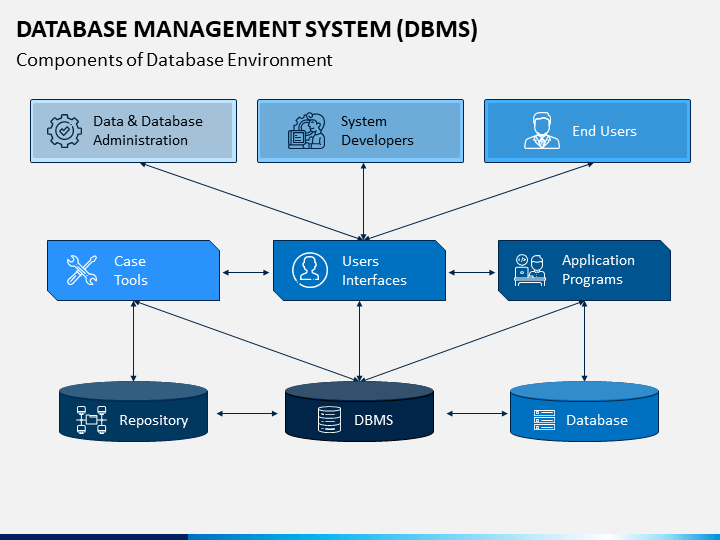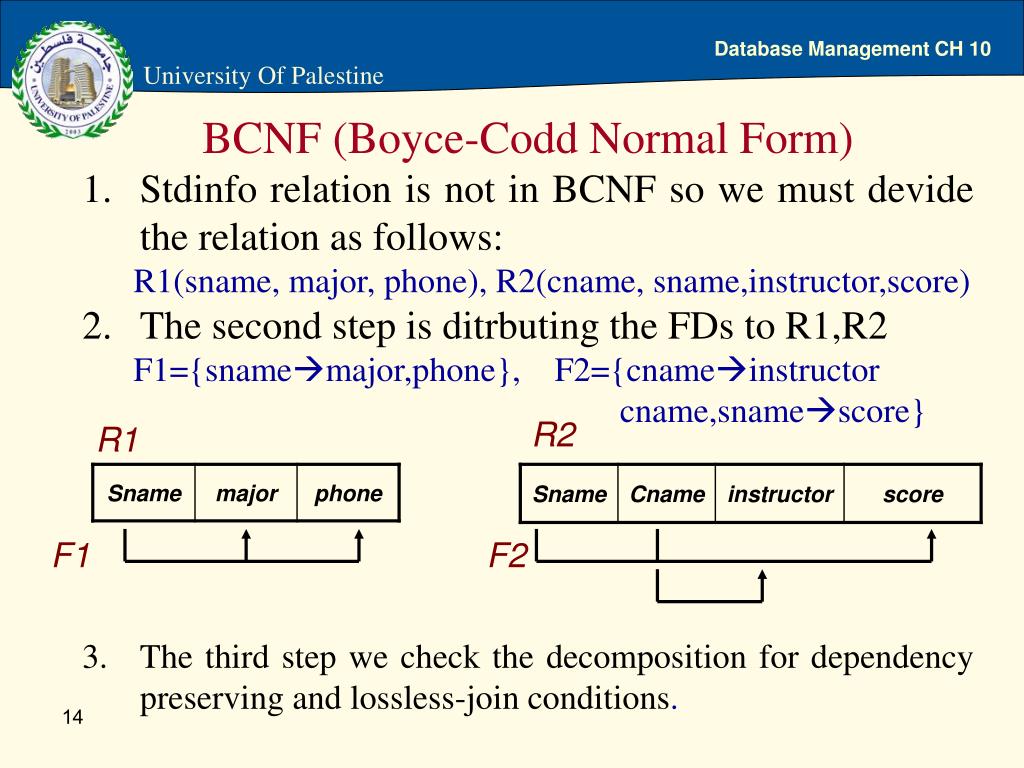



We explain how the concept of a database system has developed, what the common features of database systems are, what a database system does for the user, and how a database system interfaces with operating systems. Chapter 1: Introduction Part 1: Relational databases Chapter 2: Relational Model Chapter 3: SQL Chapter 4: Advanced SQL Chapter 5: Other Relational Languages Part 2: Database Design Chapter 6: Database Design and the E-R Model Chapter 7: Relational Database Design Chapter 8: Application Design and Development Part 3: Object-based databases and XML Chapter 9: Object-Based Databases Chapter 10: XML Part 4: Data storage and querying Chapter 11: Storage and File Structure Chapter 12: Indexing and Hashing Chapter 13: Query Processing Chapter 14: Query Optimization Part 5: Transaction management Chapter 15: Transactions Chapter 16: Concurrency control Chapter 17: Recovery System Database System Concepts Part 6: Data Mining and Information Retrieval Chapter 18: Data Analysis and Mining Chapter 19: Information Retreival Part 7: Database system architecture Chapter 20: Database-System Architecture Chapter 21: Parallel Databases Chapter 22: Distributed Databases Part 8: Other topics Chapter 23: Advanced Application Development Chapter 24: Advanced Data Types and New Applications Chapter 25: Advanced Transaction Processing Part 9: Case studies Chapter 26: PostgreSQL Chapter 27: Oracle Chapter 28: IBM DB2 Chapter 29: Microsoft SQL Server Online Appendices Appendix A: Network Model Appendix B: Hierarchical Model Appendix C: Advanced Relational Database Model Ĭhapter 1: Introduction provides a general overview of the nature and purpose of database systems.


 0 kommentar(er)
0 kommentar(er)
